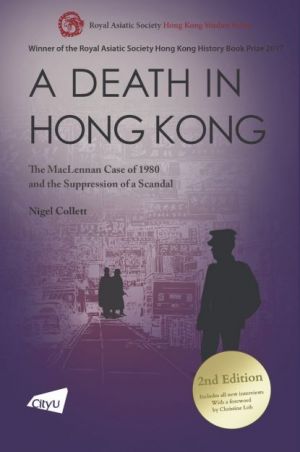Developing the Heart: E.M. Forster and India
At once a contemporary reflection on India’s rich history and a biographical retelling of Forster’s travels through the country in the early 1900s, Developing the Heart delves into the past to better understand the profound impact certain events and people had on his writing. In doing so, it allows readers to look on as Forster matures and softens over time in his behaviour with others as well as with himself. Often using Forster’s own words to evoke a vivid landscape, this is the story of the most dramatic and exotic part of the life of one of England’s greatest novelists.
India fulfilled Forster and gained him a maturity he had not hitherto found in England. In 1906, when India brought to England (and then to Forster) the young Syed Ross Masood, Forster had his first real experience of falling in love. Masood was the first man to whom he ever declared himself, and when Masood went home to India, Forster followed him there in 1912. It was in India, at the age of thirty-three, that Forster came face to face with the realities of sex. The libido then awakened in him, until then almost dormant, could never subsequently be put to rest. Later, during his second visit to India in 1922, he experienced what was probably the only promiscuous, gratuitous sex of his life. What Forster found in India drove him to seek explanations for, and solutions to, what he saw as the problem of his homosexuality.
Through love and sex, as is often the case for homosexual men, Forster also found friendship. By the time he reached India, he already held strong views about the value of friendship, but these were expanded and moulded by what he came to see as the Indian way of friendship, as well as by the relationships he formed with a very large number of Indian men. Forster’s Indian friendships gave flesh to his liberal beliefs and informed his view that loyalty to a friend transcended any loyalty to crown, state, or nation. The Indian friends he made were transgressive in all ways: they were, at least until 1947, when independence levelled the field, subjects of the Empire, the ruling class of which Forster was a member; they were of races and colours discriminated against and despised by many of his countrymen; and they were of faiths, Islam and Hinduism, considered barbarous by his Christian co-religionists. His Indian friends were his beliefs made concrete, and they were vastly important to him.
Part One
??????????? ONE???? Masood
??????????? TWO??? India
??????????? THREE Passage Out
??????????? FOUR?? Bapu Sahib
??????????? FIVE???? Passage Home
??????????? SIX?????? Rooms with No View
??????????? SEVEN? Troubles
??????????? EIGHT? Private Secretary
??????????? NINE??? Kanaya
??????????? TEN????? Chhatarpur
??????????? ELEVEN??????????? Going Home
??????????? TWELVE?????????? England Again
??????????? THIRTEEN??????? A Passage to India
Part Two
??????????? FOURTEEN????? Indian Echoes
??????????? FIFTEEN?????????? Broken Promises
??????????? SIXTEEN?????????? Two Ends to an Era
??????????? SEVENTEEN???? Broadcasting to India
??????????? EIGHTEEN??????? The Longest Journey
??????????? NINETEEN??????? The Hill of Devi
??????????? TWENTY????????? Final Passage


